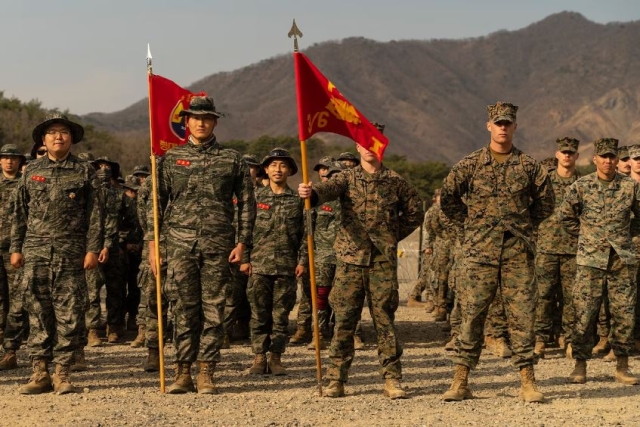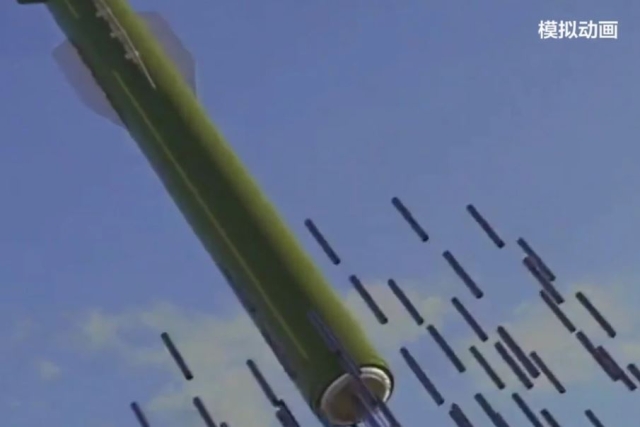S.Korean DAPA Concludes 'Joint Theater Joint Fire Operation System-Korea' Performance Improvement Project
Enhancements boost joint theater firepower operations and strengthen ROK-U.S. joint cooperation

The Defense Acquisition Program Administration (DAPA), under the leadership of Director Eom Dong-hwan, declared the successful completion of the Joint Theater Joint Fire Operation System-Korea (JFOS-K) performance improvement project on December 20.
The JFOS-K, designed to facilitate real-time detection and identification of key enemy targets through the integration of joint detection and strike assets, has undergone enhancements as part of a project initiated by DAPA in 2020. The improvements aimed to bolster various functions and enhance operational efficiency in the weapon system deployed since 2014. After a 37-month endeavor, the project concluded on December 20, the DAPA announced on December 26.
The performance enhancement initiative fortified the theater-level integrated firepower operation capability of the Navy and Air Force within the existing ground force-centered firepower operation system. Additionally, it ensures compatibility with the U.S. system for future Republic of Korea (ROK)-U.S. joint operations led by the ROK military upon Operational Control (OPCON) transfer. Joint cooperation operational capabilities were reinforced in conjunction with the Joint Automated Deep Operation Coordination System (JADOCS).
Utilizing a virtualization-based system grounded in the cloud concept, the JFOS-K now operates with optimal mission performance conditions, avoiding system overload. The introduction of new intelligent analysis technology, employing big data technology, enhances capabilities in target processing and strike priority recommendation analysis functions. This enables swift staff judgment and command decisions aligned with the evolving battlefield environment.
The project successfully integrated firepower functions from various military services into a unified joint command and control system. This expansion increased the number of users, including strike units, by over twice that of the previous system, significantly improving unit timeliness and efficiency. The focus on speed and precision in firepower operations positions the enhanced system to play a crucial role in combined and joint firepower operations.









